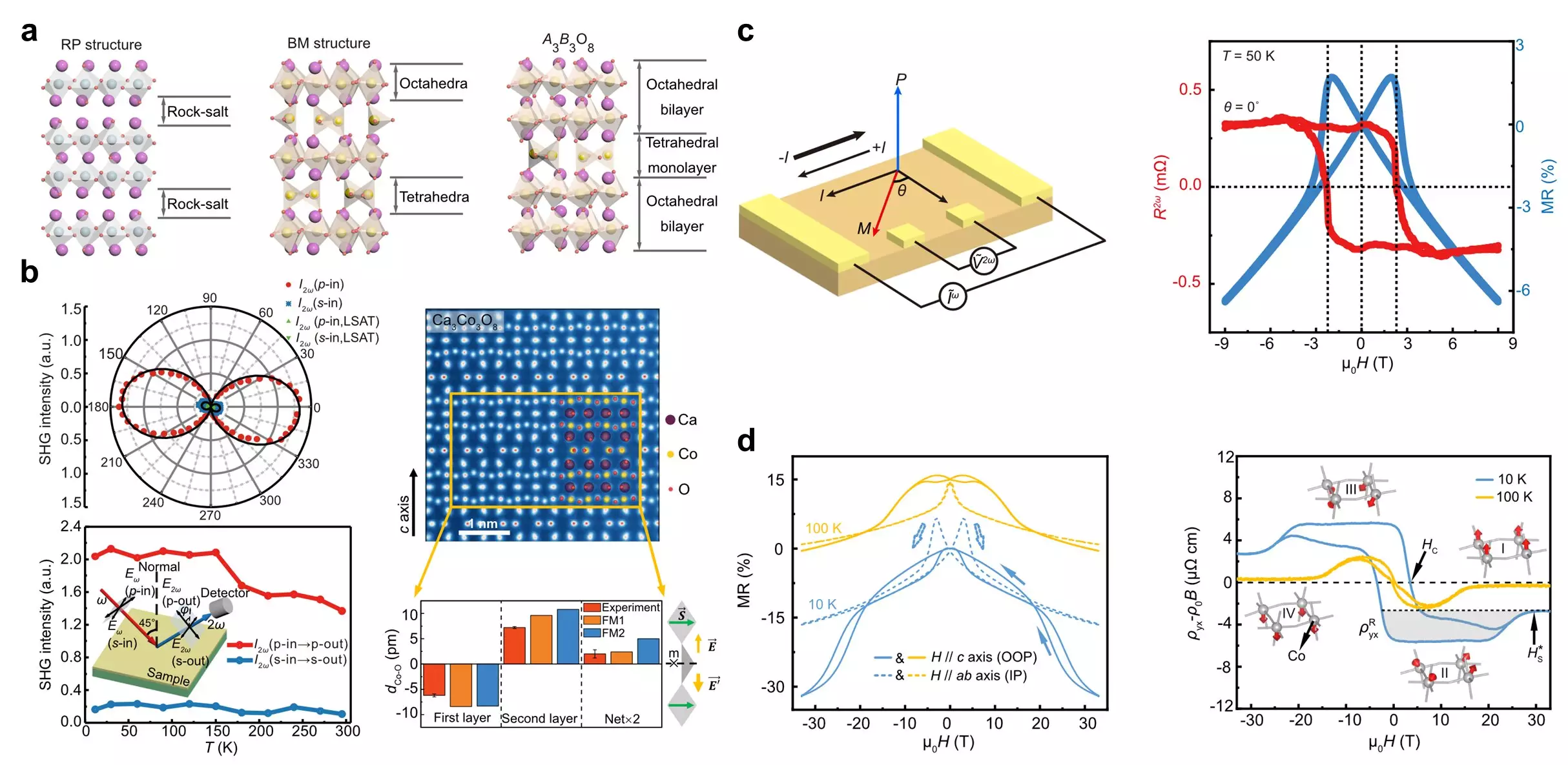The development of a new oxide material, Ca3Co3O8, has garnered attention due to its unique combination of properties that include ferromagnetism, polar distortion, and metallicity. This breakthrough highlights the concept of polar metals and has piqued the interest of the scientific community. The research, published in Nature Materials, was a collaborative effort involving researchers from Hefei Institutes of Physical Science (HFIPS) of the Chinese Academy of Sciences (CAS) and Tsinghua University.
Traditionally, electric polarization and magnetic order in materials were believed to be mutually exclusive. However, the emergence of polar metals suggests that these materials can exhibit both properties simultaneously. Integrating ferromagnetism into polar metals has presented a significant challenge, requiring a delicate balance between polarization, ferromagnetism, and metallicity within a single material. The creation of Ca3Co3O8 sought to overcome this challenge by manipulating oxygen polyhedra to control material properties.
Ca3Co3O8 is a quasi-two-dimensional functional oxide that combines elements from the double-layer Ruddlesden-Popper (RP) structure and brownmillerite (BM) structure. Researchers utilized the Steady High Magnetic Field Facility (SHMFF) to confirm the presence of significant polarization ordering in Ca3Co3O8. The displacement of Co ions within the double-layer CoO6 octahedron was identified as the primary contributor to the material’s polarity.
The discovery of a robust topological Hall effect in Ca3Co3O8 opens up new possibilities for exploring electric and magnetic correlated properties in materials. This breakthrough not only advances the understanding of magnetic interactions but also lays the foundation for future research and applications in spintronics. The collaboration between researchers from different institutions has paved the way for innovative approaches to designing correlated oxides with enhanced functionalities.
Overall, the creation of Ca3Co3O8 represents a significant advancement in the field of materials science and has the potential to drive further exploration into the realm of polar metals and their unique properties. This research sets a precedent for future studies that aim to unlock the full potential of correlated oxides for technological advancements and scientific discoveries.



Leave a Reply